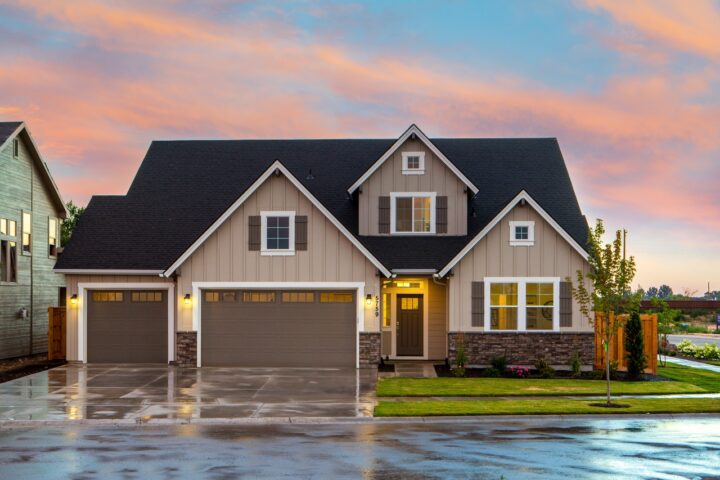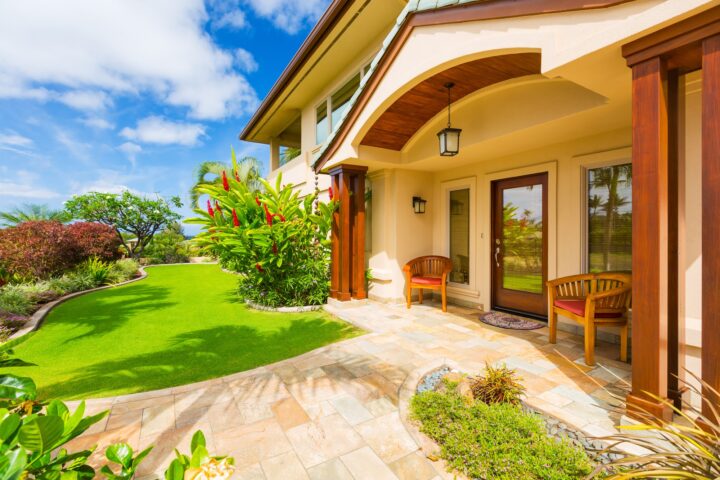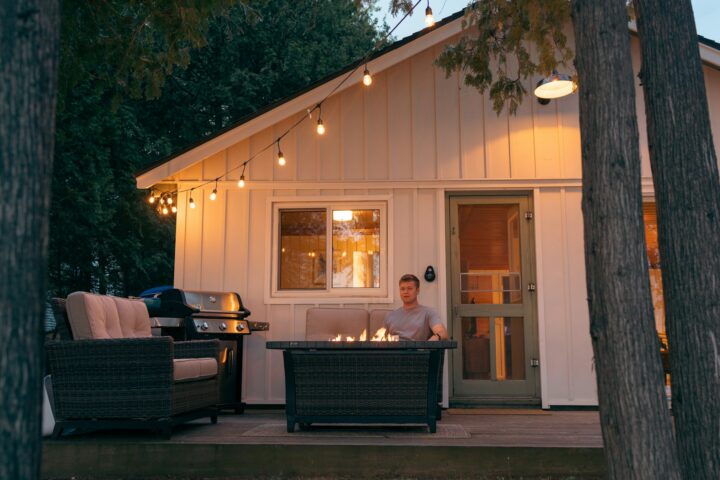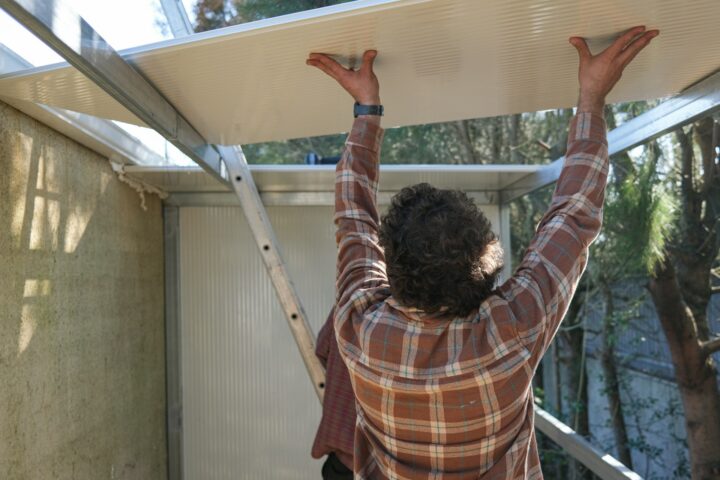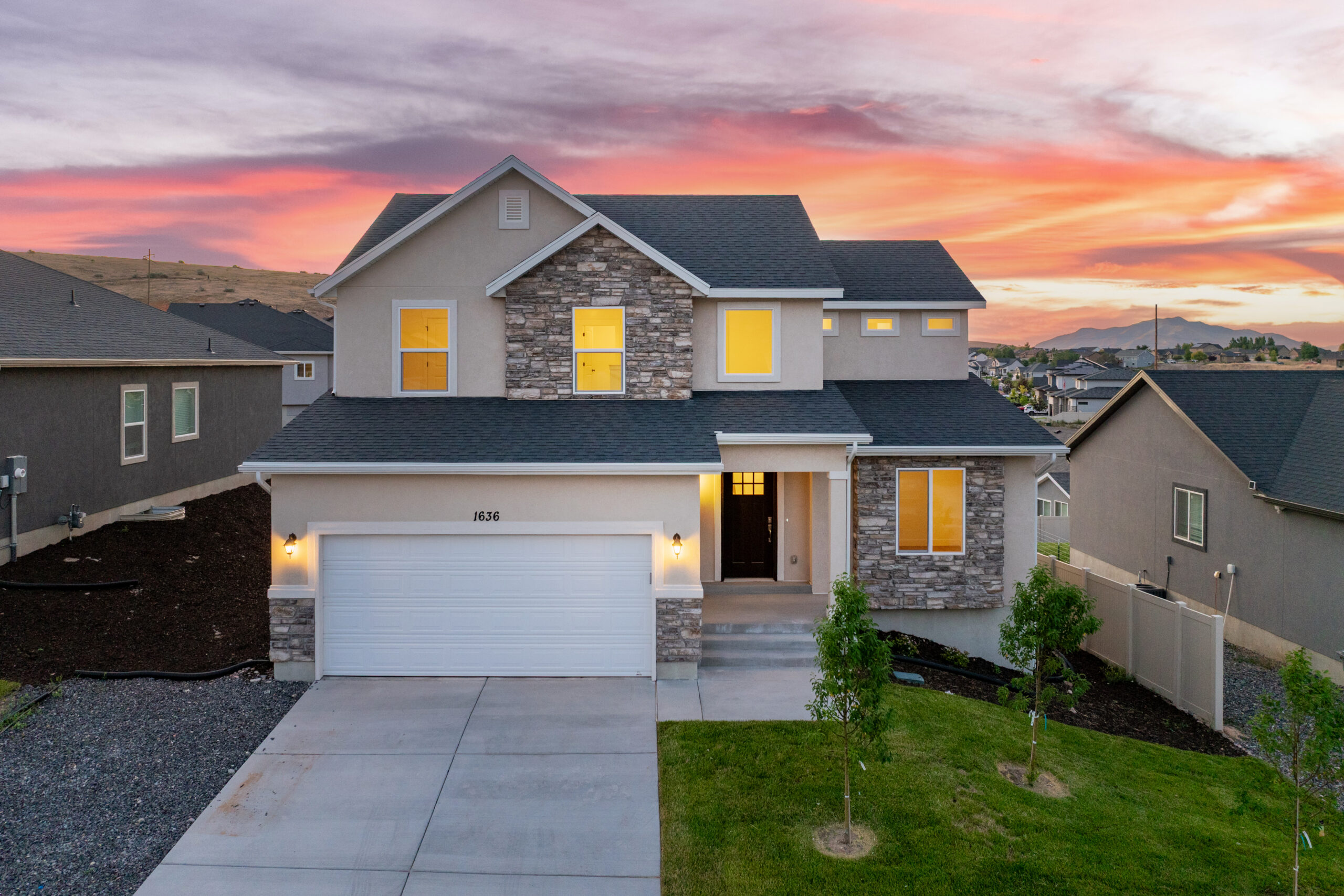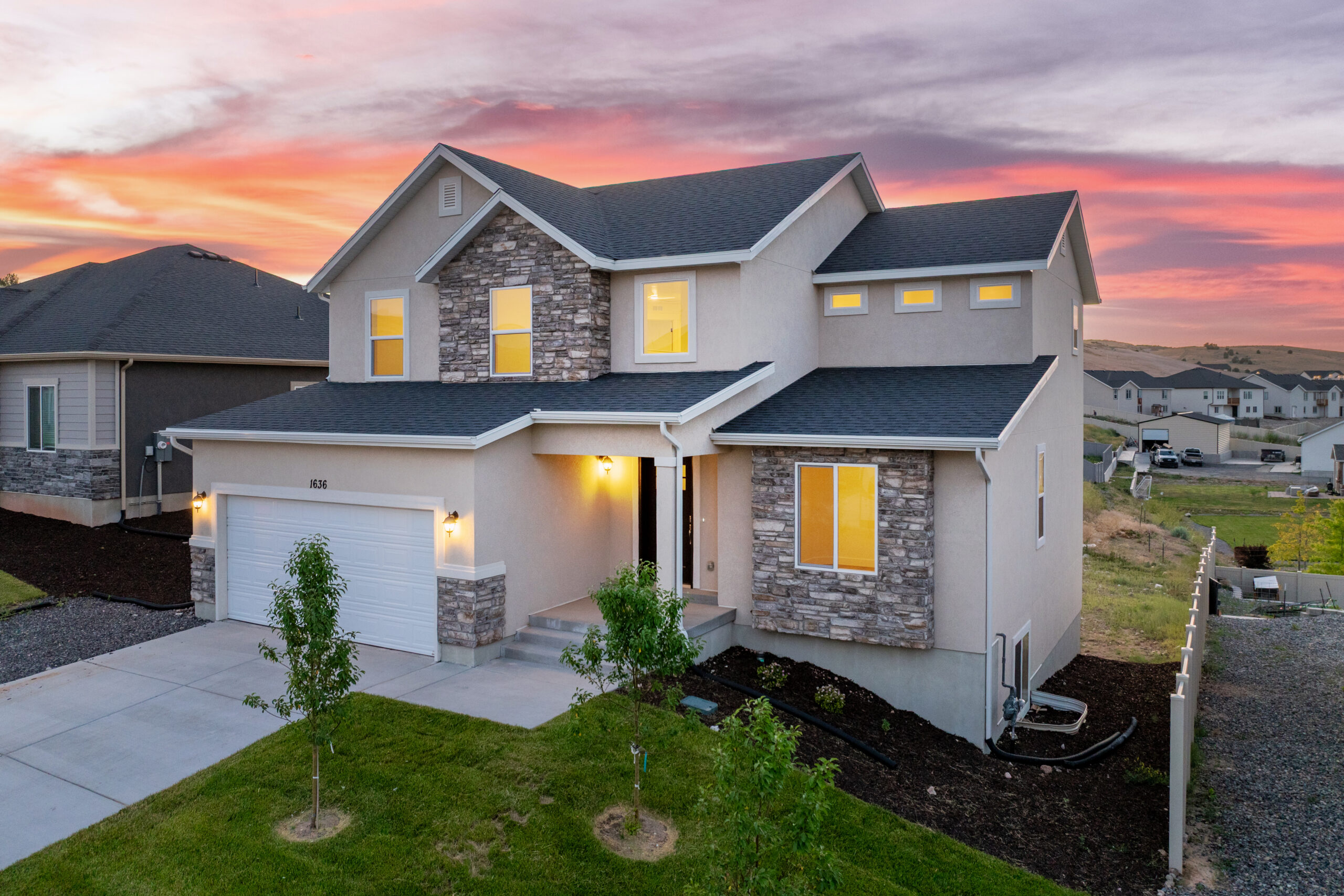When building a custom home, one of the crucial decisions you’ll face is whether to build a single-story or two-story house. Both options have their distinct advantages and disadvantages, and your final decision will ultimately depend on your individual needs, preferences, and long-term plans. It’s vital to carefully weigh the pros and cons of each option to ensure you make the best possible choice for you and your family.
In this blog post, we will discuss the key factors to consider when determining whether to build a single-story or two-story home in Utah County. Our aim is to help you gain a deeper understanding of the benefits and drawbacks of each design and support your decision-making process as you work with a reputable builder like Salisbury Homes to create your ideal residence.
Space and Layout Considerations
One of the primary factors to consider is the overall spatial efficiency and layout of each home design. Let’s take a closer look at the space and layout aspects of single-story and two-story homes:
Single-story Homes:
– Generally offer a more straightforward and flexible layout, with easy access to all living spaces without the need for stairs.
– Provide fewer limitations with room configuration, allowing for a more open floor plan.
– May require a larger lot to accommodate the same square footage as a two-story home.
Two-story Homes:
– Often provide more square footage on a smaller lot by utilizing the vertical space, making them suitable for areas where land is at a premium.
– Can separate sleeping areas from living spaces, offering more privacy between bedrooms and communal areas.
– May result in a less open floor plan, given the need for staircases and load-bearing walls on each level.
Accessibility and Safety
Accessibility and safety are essential factors when comparing single-story and two-story homes, particularly for families with young children, elderly residents, or people with mobility limitations.
Single-story Homes:
– Offer greater accessibility for all residents, as there are no stairs to navigate between living spaces.
– Generally provide a safer environment for young children and elderly residents, with a reduced risk of falls due to the absence of stairs.
Two-story Homes:
– May pose accessibility challenges for residents with mobility limitations or require installing assistive devices or elevators if the need arises.
– Can introduce additional safety risks, such as falls on stairs, especially for children and the elderly. Installing safety gates and railings may be necessary to help mitigate these concerns.
Energy Efficiency
Energy efficiency is another important consideration to weigh when deciding between a single-story and a two-story home, as it directly impacts your utility costs and overall environmental footprint.
Single-story Homes:
– Typically have a lower surface area, resulting in less heat loss or gain and lower energy consumption for heating and cooling.
– May require less insulation than two-story homes, contributing to potential energy savings.
Two-story Homes:
– Tend to have a higher surface area, which can lead to increased heat loss or gain, and consequently higher energy consumption for heating and cooling.
– May require more advanced insulation and air sealing strategies to help maintain consistent temperatures and energy efficiency.
Privacy and Noise
Privacy and noise levels are essential factors in creating a comfortable living environment, especially in densely populated neighborhoods or for larger families.
Single-story Homes:
– May offer less privacy from neighbors, as ground-level windows and outdoor living spaces might be more easily visible.
– Can experience more noise transfer between rooms due to the absence of separate floors for living and sleeping spaces.
Two-story Homes:
– Often provide increased privacy, as second-story rooms and windows are further from neighboring properties.
– Typically experience less noise transfer between rooms, with sleeping areas separated from noisier living spaces on different floors.
Return on Investment
Understanding the resale value and potential appreciation of single-story and two-story homes in Utah County can help inform your decision-making process.
Single-story Homes:
– Might have broader appeal to a range of buyers, including families with young children, elderly individuals, or people with mobility limitations.
– May experience a slower rate of appreciation compared to two-story homes, depending on market trends and local factors.
Two-story Homes:
– May offer a higher return on investment in locations where land is scarce or expensive, given their efficient use of vertical space.
– Could face potential resale limitations due to accessibility concerns, particularly in markets with older demographics or mobility concerns.
Conclusion
When weighing the pros and cons of single-story and two-story homes in Utah County, it’s essential to consider your unique needs, preferences, and long-term plans. By exploring key factors such as space, layout, accessibility, safety, energy efficiency, privacy, noise, and return on investment, you can make an educated decision that aligns with your individual requirements. Partnering with a reputable and affordable builder like Salisbury Homes will ensure a smooth process, expert guidance, and a beautiful custom home tailored to your needs, regardless of whether you choose a single-story or two-story design.


